The modern woman knows nari shakti is not about single-handedly managing career, household chores and child care, but rather the strength to choose what they want, and drop what they don’t
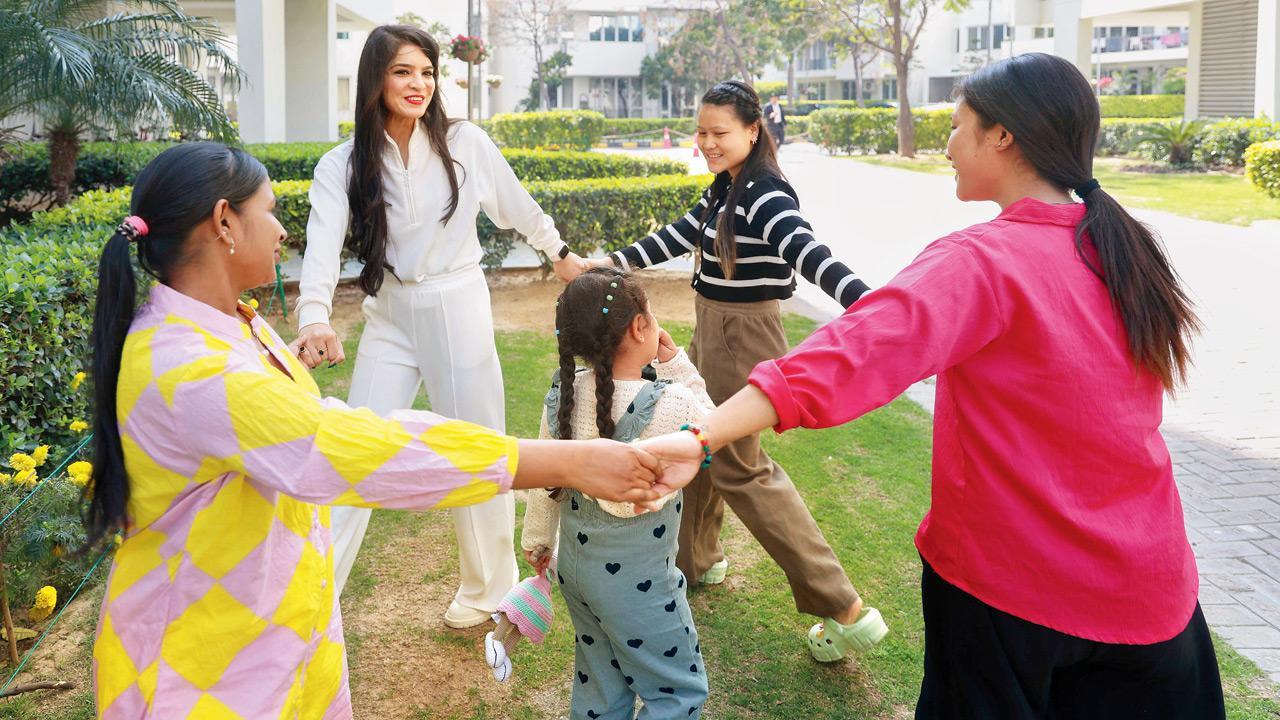
Tanya Mehra (in white), mom influencer and single mom, seen here with her two nannies and house help, says it takes a village to raise a child. PIC/NISHAD ALAM
I never wanted to marry, I knew it would end like this,” says Akanksha Sharma, a 33-year-old FMCG marketing researcher, “I have a highly demanding job that requires me to travel a lot across the country. I enjoy the chance to flex my thinking muscles, but I do think that it leaves little room for family.”
ADVERTISEMENT
The Navi Mumbai resident is currently in the midst of getting a divorce from her businessman husband a year after their wedding. “I was perfectly happy before—I have a well-paying job that funds all my needs, as well as holidays around the world. For emotional needs, I rely on my tight circle of friends and parents. But my parents insisted that I would not have a ‘complete life’ until I married,” she recalls.
“Why can’t you have both, career and family?”—It’s a common refrain that Sharma and countless other women hear. Relatives give examples of successful women that have seemingly made it work, balancing both marriage and work, as well as child care, travel and their personal hobbies. But there’s often an army of domestic workers behind them, as well as supportive husbands who believe that a woman’s career is just as important as a man’s. Not all women have these advantages.
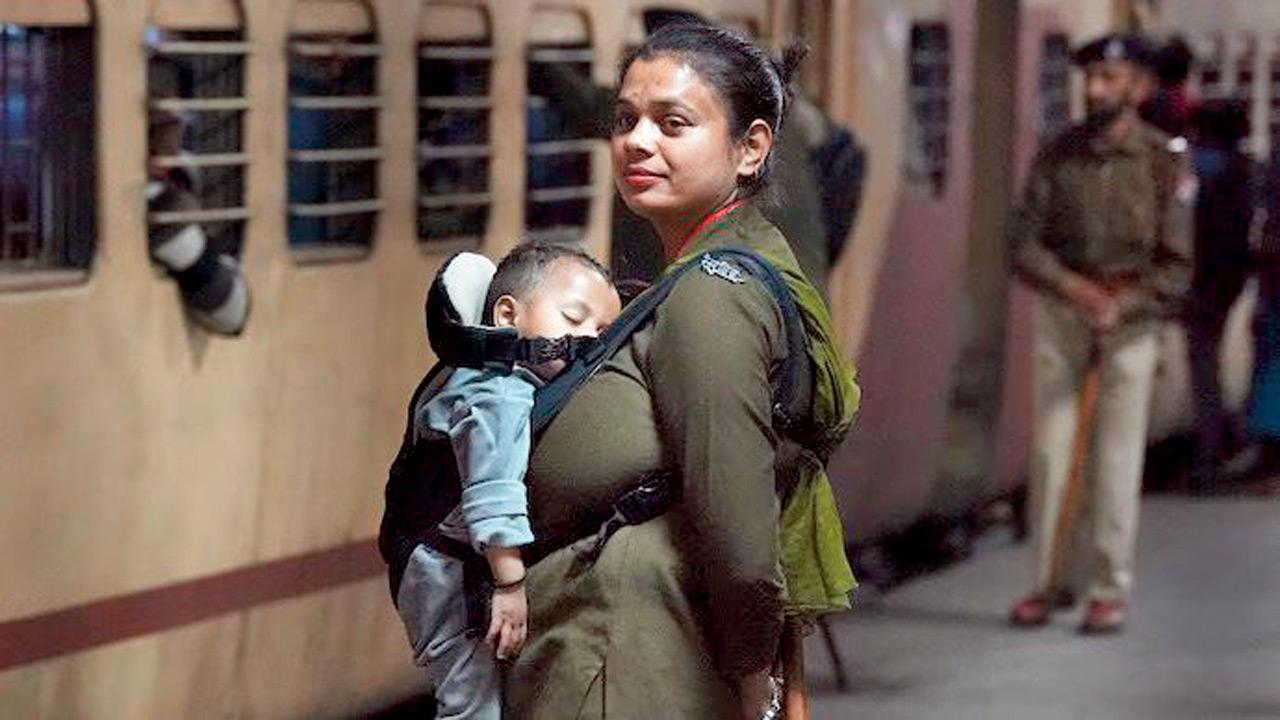
“My ex didn’t understand that my career was never just about bringing money home, it’s also about my personal fulfilment,” says Sharma.
Sharma isn’t the only one choosing personal growth and career advancement over marriage and children. As per Census 2011, India already has the largest cohort of single women in the world, numbering over seven crore—a figure that’s larger than the entire population of the UK, France or Switzerland. At the same time, more women are now entering the workforce. Data from the 2022-23 Periodic Labour Force Survey indicates that female labour force participation rate (FLFPR) is now at 37 per cent, a considerable increase compared to the all-time low of 23 per cent in 2017. With less than half the female population employed, though, this figure is still very low.
Gender roles play a major part in this. Although women are now encouraged—in fact, even expected—to pursue careers, it is with the tacit understanding that they cannot slack on domestic duties such as cooking or child care, which are conventionally considered “women’s work”.
“Women carry most of the burden of care work in India, and all of this is unpaid, invisible work. Government data shows that women do 5.6 hours of unpaid labour every day, while men do 30 minutes,” says Mitali Nikore, feminist economist and founder of policy think tank Nikore Associates. Career women who are married, with or without children, are essentially working two jobs. Society knows this to be an impossible burden, which is why we call them “superwomen”.
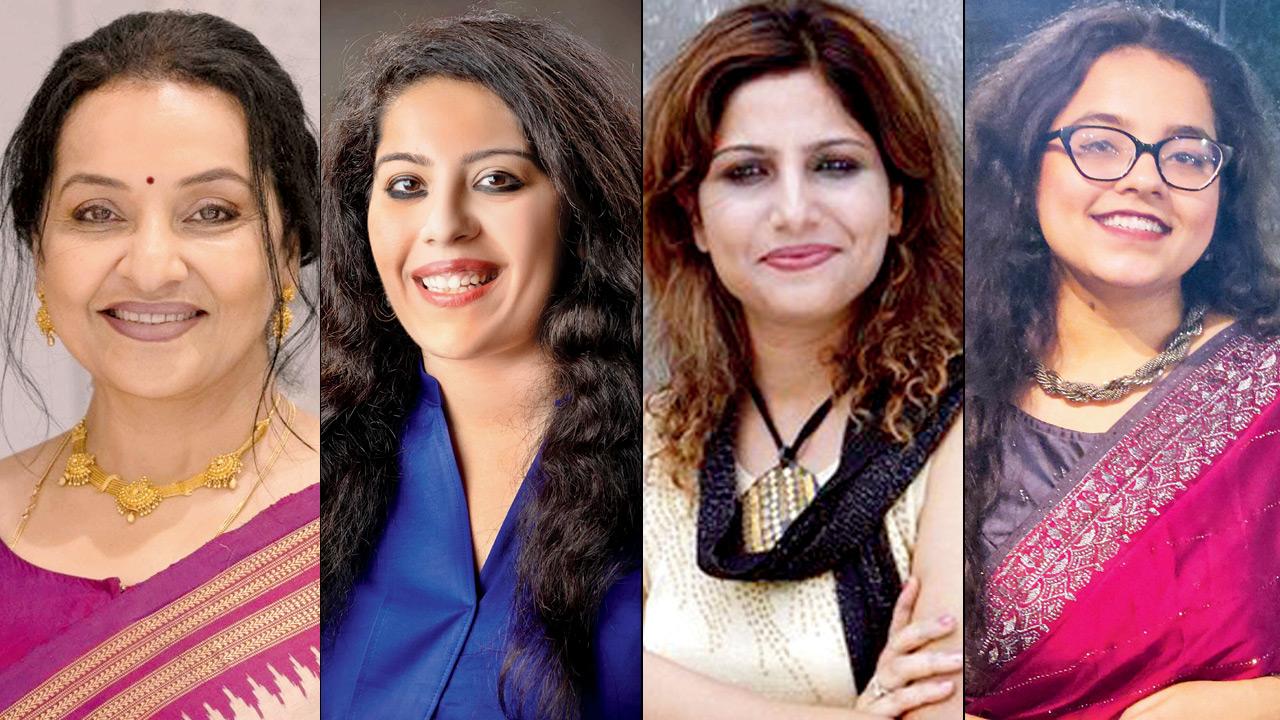
Dr Dhrupti Dedhia, Mitali Nikore, Seema Hingorrany and Sarah Tribhuwan
Only in recent years have we seen an effort to split household tasks between husband and wife, in an attempt towards 50-50 partnerships. Largely, though, things remain much the same, pushing a majority of women towards burnout. A 2024 World Bank report indicates that about a third of working women in the country quit their jobs after marriage—a phenomenon that is tellingly named “marriage penalty”.
At times, men make the choice for them—a 2022 study on Shaadi.com found that women who want to continue working post-marriage face a drop of 11 per cent in positive responses from men when compared to women who have never worked. The stress gets worse upon motherhood; a 2018 study by Ashoka University found that a staggering 73 per cent of Indian women quit their jobs after becoming mothers.
“Women’s domestic labour is unpaid, but is a major contributor to the country’s GDP,” says Nikore, “Our estimates suggest that its economic value ranges between 15 and 17 per cent of the country’s GDP. This is about the same as the manufacturing industry’s contribution.”
Increasingly, women are rejecting the notion that they must do it all single-handedly. “You can’t be the best employee in the office, and the best wife and mom all at the same time. The stress of trying to achieve this trifecta—and the shame that comes when one of the balls inevitably drops—is causing health issues among women,” says Dr Dhrupti Dedhia, obstetrician and gynaecologist. “I see women coming in with stress-related issues such as Polycystic ovary syndrome (PCOS), irregular periods, premature ovarian failure, autoimmune conditions, hair loss and excessive weight gain or loss.”
“Younger women find it harder to manage the strain; they learn to balance things better in their 40s,” says clinical psychologist Seema Hingorrany. “I think it’s possible for women to have it all, but not at the same time. Their 20s and 30s are the years to work hard, but once they’re in their 40s, and are stable in their careers, I tell them it’s time to enjoy everything they have missed out on—whether it’s travel, socialising with friends, or hobbies.”
Many are choosing to delay motherhood, says Sarah Tribhuwan, recruitment specialist at HR Yaar Consulting Services. “Women are increasingly having kids later in their lives so they can focus on their careers,” she says, “Women at senior levels tend to be better placed at handling both parts of their lives mostly due to the added financial stability.” The same reasoning is now prompting women to freeze their eggs while still in their 30s, in the hope that “this will keep their options open to start a family in their 40s, when they are likely to have more career and financial stability”, says Dr Dedhia, adding “This way they can have the best of both worlds.”
Just as women are no longer scared to ask their partners to lend a hand at home, at the office too, they now seek benefits, such as flexible working hours, that make work-life balance a real possibility. “While salary and career growth are definitely strong factors for candidates considering a job offer, in my experience, women do tend to focus more on factors like flexi-time, weekends off, commute time and distance, and bring these things up as non-negotiables right at the beginning of the hiring process,” says Tribhuwan, adding, “One candidate had shared how she had to quit as, among other things, the company would make her stay 15-20 minutes late a few days a week. The delay was untenable as she had to go home and cook, and the family’s dinner would be delayed.”
As for reforms in the workplace, “what we need is innovation”, says Nikore, “Just the way we have our pension fund, why can’t we have a parental leave fund? If you plan to have children, a portion of your salary can be put aside in this fund, and the employer can also contribute to it. This is a gender-neutral fund that will enable parental leave for both genders and also cost the company less. If you make any rule that is only for women, and costs the employer, it will result in discrimination. This is what we see with paid maternity leave for six months—employers avoid hiring women.” Here’s hoping for a better world in the future that makes it so both men and women can have it all.
‘Don’t always get to spend time with my daughter’
Tanya Mehra, 32, mom influencer; Divorced, single mom
It takes a village to raise a child. My village comprises my two full-time staffers and one part-time domestic worker,” says Tanya Mehra, a Gurgaon resident with a four-and-half-year-old daughter, Noor. When she got pregnant, Mehra quit a high-paying job with Ernst & Young because she knew managing a 12-hour job with a baby and zero help would be impossible. Then, two years ago, she got divorced. She now supports her child and household on her own steam, with the income as a mom influencer and child nutritionist.
“Even when we were married, my ex-husband did not contribute with household chores, or child care,” she recalls. Now, with none of her family members residing in the same city, “the only way I could manage it is by hiring full-time help. I have to work because I need to support my child and run my home. But it also means that sometimes I don’t get to spend as much time as I would like with Noor. There are no weekends with my profession, so I don’t get time off but I do have flexible work hours, so I spend quality time with her whenever I get the chance. But I’d any day pick this over being dependent on a spouse or a 12-hour job for finances.”
- Debjani Paul
‘Supportive husband, workplace make all the difference’
Bhawna Thakur, 34, Team manager at an MNC; Married with a 17-month-old son
Bhawna Thakur and her husband Shivam, an emotional intelligence coach, count themselves lucky because they work from home. This means they can split child-rearing duties equitably, along with other household chores. They don’t have a nanny but both have flexible schedules and can plan work around their son, Ved’s meal and play times. So if Thakur needs a quiet hour for a meeting, Shivam watches their toddler, who “never sits still and is constantly roaming around the house”.

But they’re also conscious that not all tasks can be swapped. “Both of us believe that the careers of women and men are equally important, but there are some things only moms can do, such as breastfeeding,” says Thakur, “But because I have the advantage of a husband who is available at home and is willing to pick up his share of care work, I can continue to focus on my career and also pursue other interests like travelling.”
Thakur also counts among her blessings a considerate workplace, where pregnant employees are not sidelined, but supported. Disclosing her pregnancy did not stall her promotion—it came through a few weeks before her maternity leave began. “After my leave ended, I asked to work from home, and my employers agreed. A supportive husband and workplace make all the difference,” she says.
There are costs to it all, of course. “I am up and about, either working or taking care of Ved from morning till night. It’s exhausting. And then I sometimes have late-night calls with international teams, and I have no choice but to attend, even when I can hear Ved crying for me in the next room,” she rues.
- Debjani Paul
‘I decided to ditch the guilt’
Digisha Shah, 35, Founder, DSPR; Married, with a 3-and-a-half-year-old daughter
It was only after two years of having my daughter, Irina, that I felt a bit myself,” says Shah, founder of public relations and digital marketing agency, DSPR. “Before that, I barely had time for myself. There was a lack of discipline, and exercise and self-care. It was either baby, or work.”
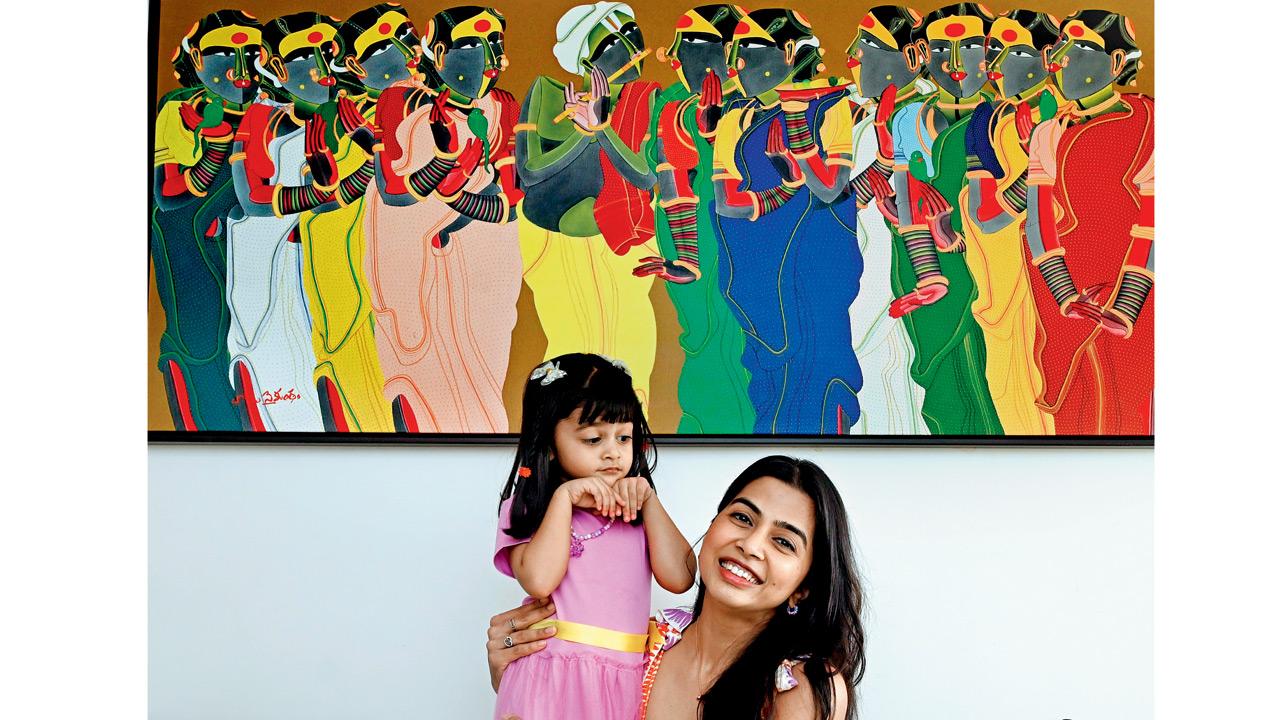
But in the last year, Shah has worked actively on getting her life back. He in-laws live in the same building and spend a lot of time with their grand-daughter, freeing up Shah’s time to spend on herself. Her sisters as well have chipped in a great deal, so that the 25-year-old can get time off.
“I exercise now—either yoga or a walk in the building. I don’t do anything hat needs me to reach somewhere at a certain time, as I don’t think I can manage that. But I push myself to get up and move my body every day.” She also takes 45 minutes of me-time every night after her daughter goes to sleep.
“it could be to scroll, plan my next vacation or shop online—I decided that I can’t feel guilt about all this anymore. My husband, who also has a very hectic life, and I now actively make plans to go out and meet our friends as well. It doesn’t happen overnight—it takes time to get to that place where you can take decisions like focusing on yourself. I am happier, and I feel more purposeful when I do that, and hence, I become a better mother as well.”
- Aastha Atray Banan
‘The entire system is rigged so that men can have it all’
Dhara Kapadia, 35, luxury brand strategist; Married and child-free
A decade ago, Dhara Kapadia decided she was not going to have children. While the climate crisis and increasingly conservative political environment were major factors in her decision, financial stability was another major reason. “I now increasingly believe that even women with the financial resources can’t necessarily have it all, because we live in a society where women are expected to take on a vast majority of domestic responsibilities. If there’s a child in the house, the responsibility of their care more often than not falls on the woman. And whatever career you have would be in addition to these other responsibilities. I’ve seen other women burn out,” she says.
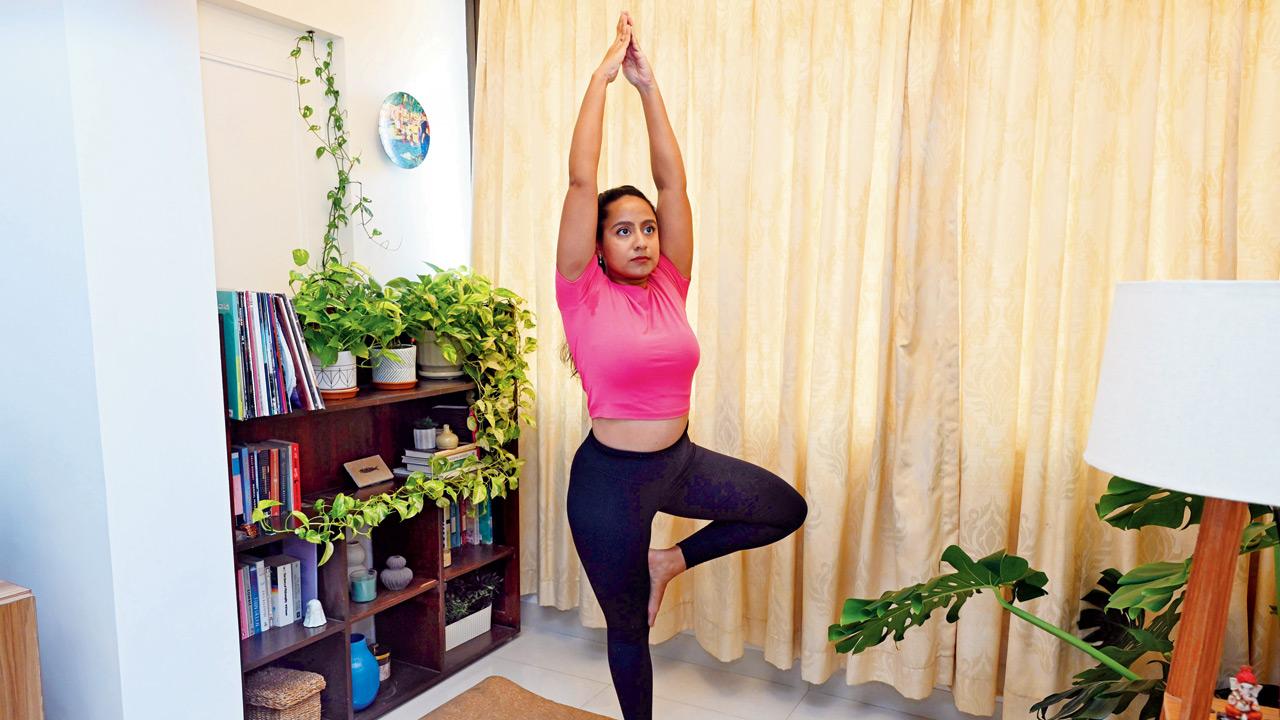
But when she tells friends that she doesn’t intend to have children “they don’t understand my choice. It’s not that I don’t like kids; I love them. But I simply don’t think this is the kind of world I want to bring a child into,” she says. Instead, she chooses to focus on her work, marriage and other passions, such as art, yoga and swimming.
“We’ve been taught the wrong idea of what it means to have it all. Instead of teaching women that we can do our jobs and run our homes and raise the kids, why don’t we tell them ‘You don’t have to do all the housework, your partner will help’,” says the Breach Candy resident who got married in 2023.
Figuring out how to divide domestic duties while juggling their individual careers was a learning curve for both her and her partner “to get to a place where we were both sharing responsibilities”. “I had to unlearn my internalised patriarchy, while he came to terms with what it really means to be a 50-50 partner,” she recalls, adding, “The entire system is rigged so that men can have it all.”
- Debjani Paul
‘Sisterhood has been a saviour’
Priyanka Ravikant Kamble, 50, househelp; Married, mother of two 25+ sons
THE 50-year-old who works as a househelp, says that it’s very hard to have it all—and that for her, it’s never been an option. “I make breakfast and leave home in the morning, then go work at two houses. When I come back, I cook lunch. Then in the evening, my husband insists I stay at home. Then it’s time to make dinner. Where is the time?”
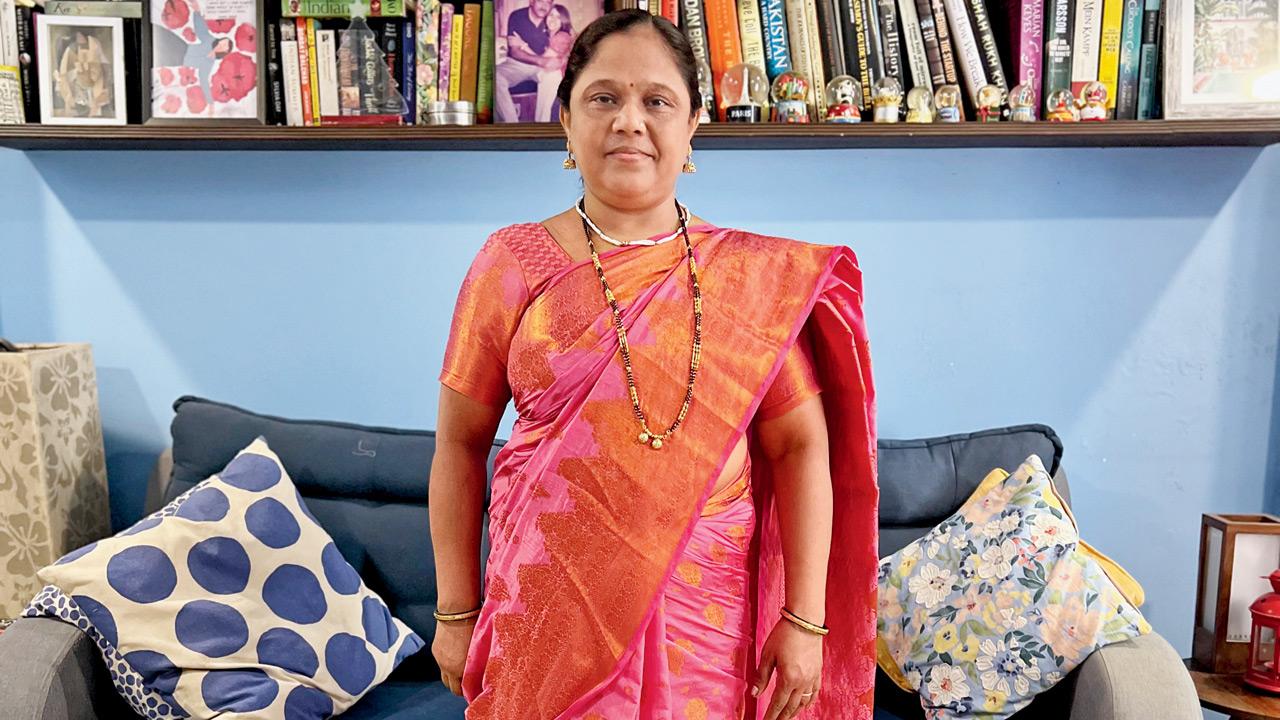
But Kamble does do a lot more. Not only is she the sole breadwinner of her house, she also runs a Bachat Ghar with 10 other women, who all work as househelps, which forms a kitty of sorts that the women can take a loan from if the need arises. She also teaches children at the neighbourhood Budh Vihar. “I really can’t go anywhere, and have no time to spend on myself,” she laughs. But she says she now meditates early in the morning before anyone at home gets up. “I feel happy when my children do well. I feel happy teaching the children. I also feel happy spending time with other women—who show me lot of love. Sisterhood has helped.”
- Aastha Atray Banan
Hard to be a new mum and work, says Radhika

Sometimes having it all can look like actor and new mother Radhika Apte breast-pumping at the British Academy Film Awards 2025. “It’s hard to be a new mum and work,” the Andhadhun star posted on Instagram. She has also remarked in the past about how it was tough working on projects while she was pregnant, shooting at 40°C during the first trimester, with one film set not displaying any consideration for her condition.
37%
Female labour force participation rate
*Source: Periodic Labour Force Survey 2022-23
40%
Gender pay parity in India
*Source: World Economic Forum, 2024
73%
Of Indian women quit their jobs after becoming mothers
1/3
Proportion of Indian women that quit work after marriage
*Source: 2024 World Bank
7 crore
No. of single women in the country
*Source: Census 2001
5.6
No. of hours of unpaid domestic labour women do every day
0.5
No. of hours of unpaid domestic labour men do every day
 Subscribe today by clicking the link and stay updated with the latest news!" Click here!
Subscribe today by clicking the link and stay updated with the latest news!" Click here!







